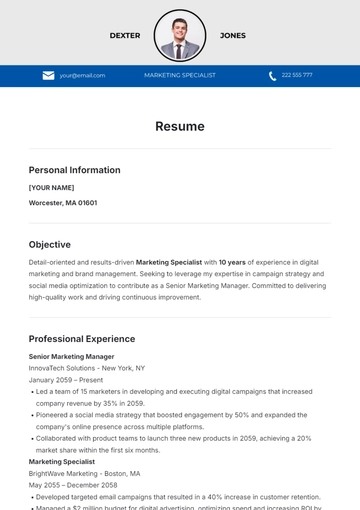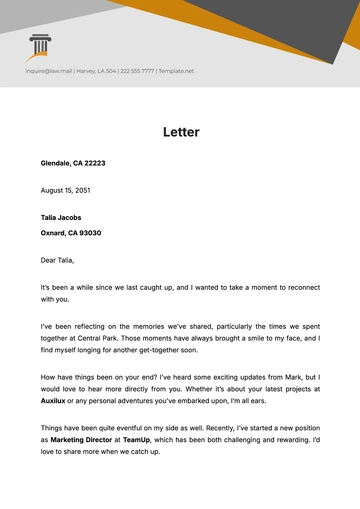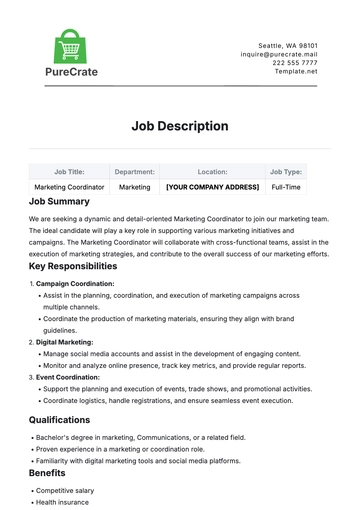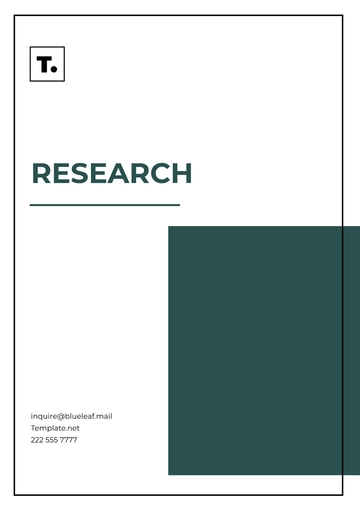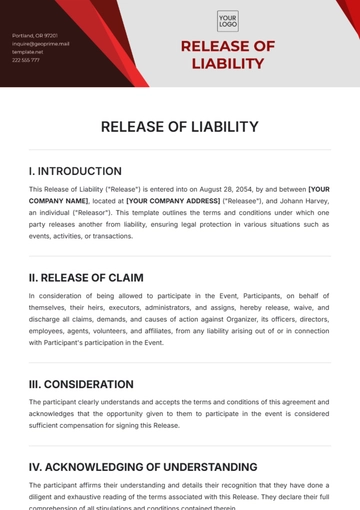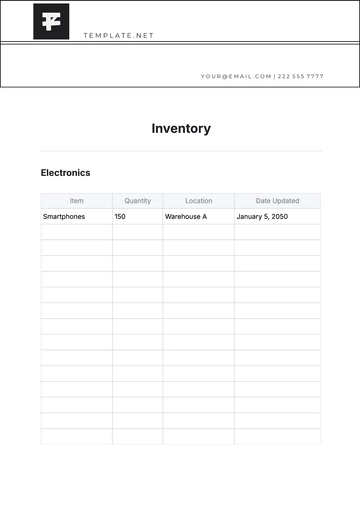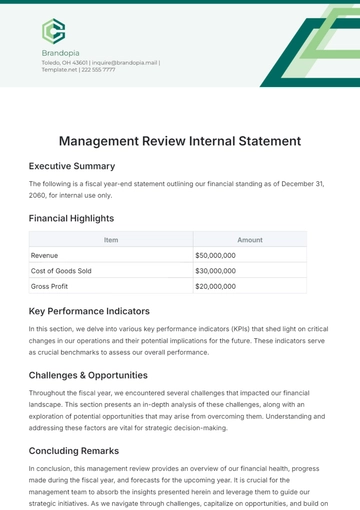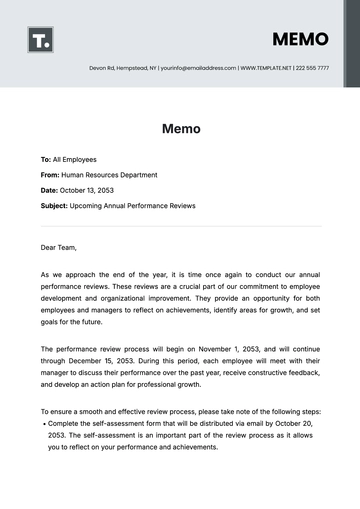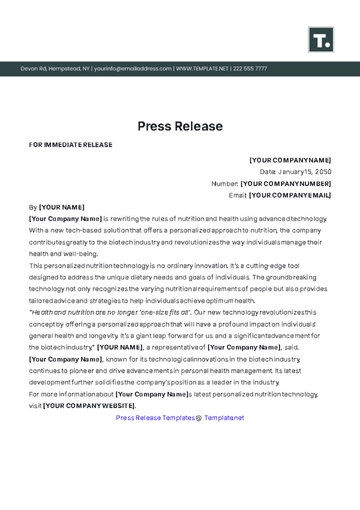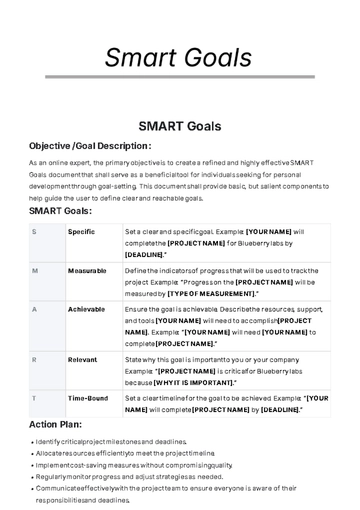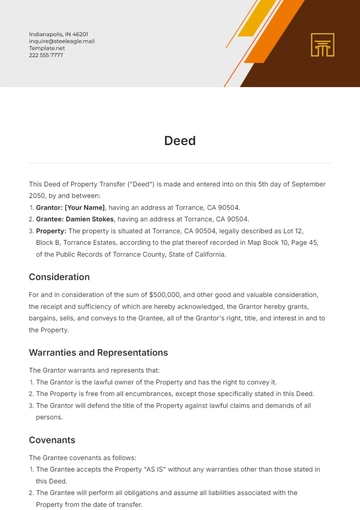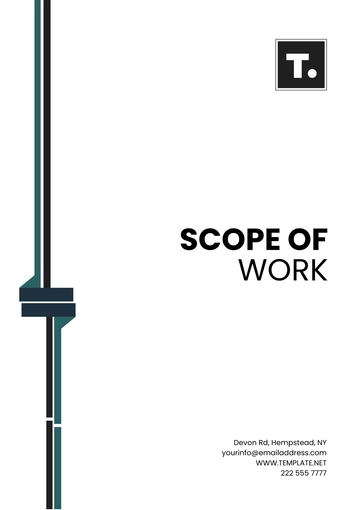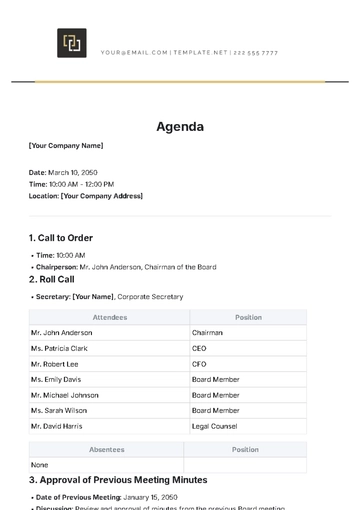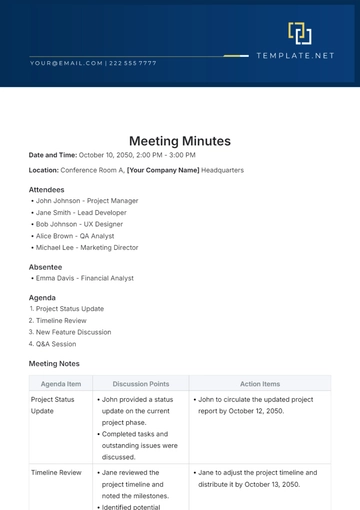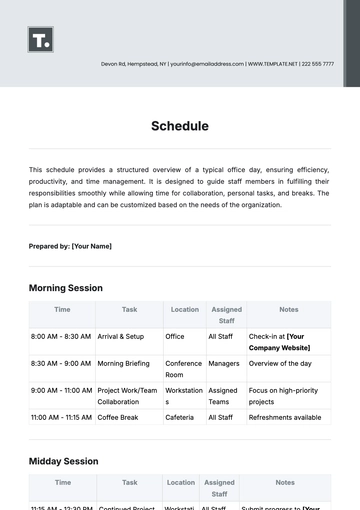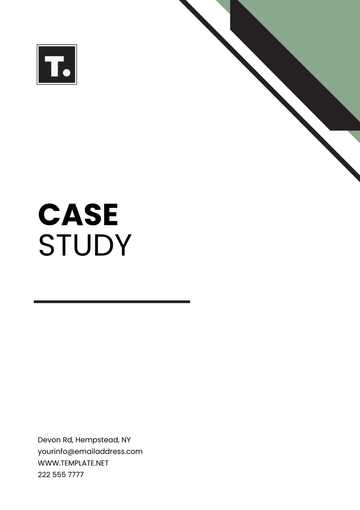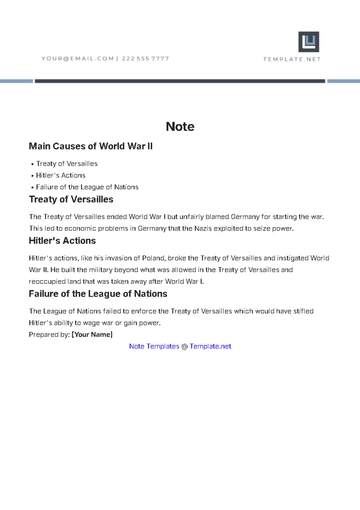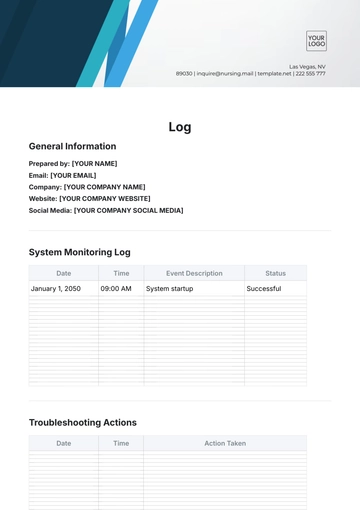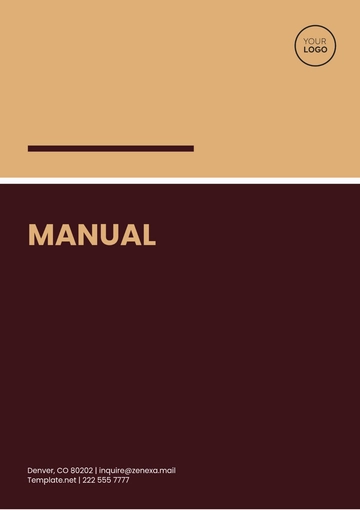Free Urban Ethnography
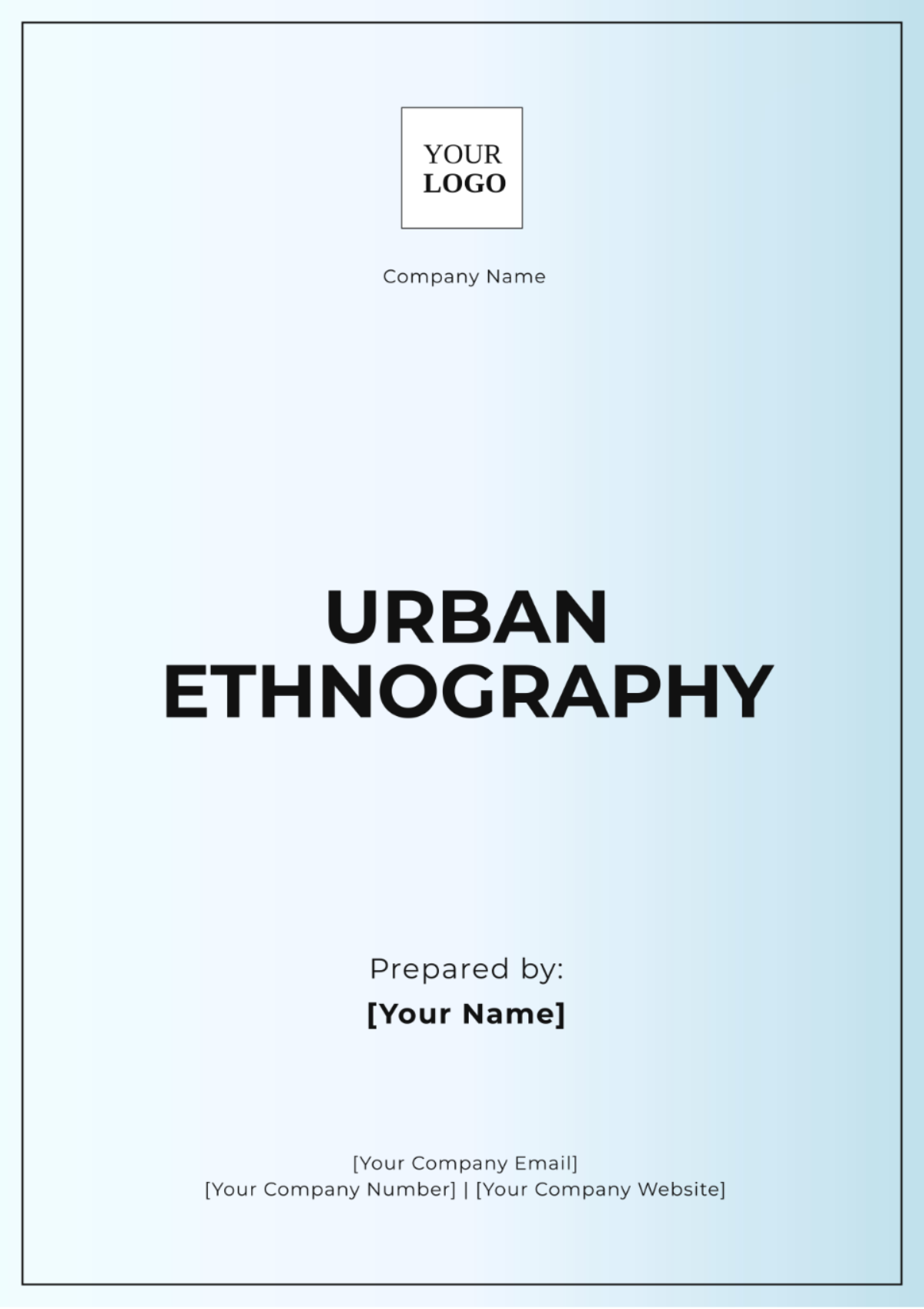
Prepared By: [YOUR NAME]
Date: [DATE]
I. Introduction
This Urban Ethnography explores the social interactions and cultural patterns within the Downtown Greenfield area, a bustling urban neighborhood known for its diverse population and vibrant community life. The aim is to understand how residents navigate their daily lives, interact with each other, and how urban dynamics shape their experiences.
II. Literature Review
Previous studies have highlighted the complexity of urban environments and the diverse experiences of their inhabitants. Research by Smith (2055) on urban social networks and Johnson (2058) on community cohesion provides a foundational understanding of how individuals connect and the challenges they face in city settings. This ethnography builds on these studies to examine specific social dynamics in Downtown Greenfield.
III. Methodology
Data was collected through a combination of participant observation and semi-structured interviews. Over six months, the researcher engaged with community members in public spaces such as parks, cafes, and community centers. Interviews were conducted with 30 residents, including business owners, local activists, and long-term residents. Data was analyzed thematically to identify key patterns and insights.
IV. Findings/Results
The research uncovered several key themes related to community dynamics in Downtown Greenfield. These are detailed below, with supporting data and visual aids for clarity:
A. Community Cohesion
There is a strong sense of community among residents, fostered by frequent social events and neighborhood initiatives.
Frequency of Social Events
Event Type | Frequency | Average Attendance |
|---|---|---|
Community Festivals | 12 | 500 per event |
Neighborhood Meetings | 8 | 40 per meeting |
Workshops and Classes | 15 | 30 per session |
B. Economic Disparities
Significant economic divides were observed, with high-income areas adjacent to lower-income neighborhoods. This division affects access to resources and services.
Income Distribution
Area Type | Median Income | Percentage of Total Population |
|---|---|---|
High-Income Areas | $90,000+ | 25% |
Lower-Income Areas | $30,000 | 40% |
C. Cultural Diversity
Downtown Greenfield is marked by its diverse population, with varying cultural practices and social norms influencing interactions.
Cultural Representation
Cultural Aspect | Detail |
|---|---|
Ethnic Groups | 15 |
Languages Spoken | 12 |
Cultural Festivals | 6 annually |
D. Public Spaces
Parks and community centers serve as crucial social hubs, facilitating interactions across different demographic groups.
Public Space Usage
Public Space Type | Number | Average Daily Visitors |
|---|---|---|
Parks | 8 | 1,000 |
Community Centers | 5 | 500 |
V. Discussion
The findings from the Urban Ethnography of Downtown Greenfield provide valuable insights into the community dynamics of this urban area:
Community Cohesion: The strong sense of community in Downtown Greenfield, supported by frequent social events and neighborhood initiatives, aligns with Smith’s (2055) research on urban social networks. High attendance at community activities reflects robust social capital and collective efficacy.
Implications: Continued support for community events is essential. Expanding these initiatives can further strengthen social ties and enhance local programs.
Economic Disparities: Economic divides between high-income and lower-income areas reflect broader trends identified by Johnson (2058). The contrast in median incomes and proximity of affluent and impoverished neighborhoods highlight systemic inequalities affecting access to resources and services.
Implications: Urban planning should prioritize reducing economic disparities through targeted development programs, affordable housing, and improved resource access. Investments in lower-income areas can help address these inequalities.
Cultural Diversity: The diverse population of Downtown Greenfield enriches the community but also presents challenges related to integration and cultural exchange. The presence of various ethnic groups and cultural festivals enhances social interactions but requires ongoing efforts to promote cohesion.
Implications: Inclusive policies and community programs celebrating cultural diversity can foster understanding and strengthen social bonds. Events that respect diverse practices can improve intercultural dialogue.
Public Spaces: Public spaces, such as parks and community centers, play a crucial role as social hubs, supporting interactions and community activities. This aligns with findings in urban studies on the importance of accessible and well-maintained public areas.
Implications: Investing in the maintenance and development of public spaces is vital. Ensuring these areas are accessible and inclusive can enhance community engagement and address spatial inequalities.
VI. Conclusion
The Urban Ethnography of Downtown Greenfield explores the social dynamics, community cohesion, economic disparities, cultural diversity, and public spaces in this vibrant urban area.
A. Key Findings
Community Cohesion: Downtown Greenfield is characterized by a strong sense of community, supported by frequent social events and active neighborhood initiatives. This cohesion enhances social ties and collective resilience among residents.
Economic Disparities: Significant economic divides exist between high-income and lower-income areas, impacting access to resources and contributing to social inequality. Addressing these disparities is crucial for improving overall quality of life and promoting equity.
Cultural Diversity: The area’s rich cultural diversity adds depth to community interactions but also necessitates efforts to promote integration and mutual understanding among different ethnic groups.
Public Spaces: Parks and community centers play a vital role as social hubs, fostering interactions across diverse demographic groups and enhancing community engagement.
B. Implications and Recommendations
Strengthen Community Initiatives: Continue supporting and expanding community events and initiatives to sustain the high level of social cohesion and engagement.
Address Economic Inequalities: Implement targeted programs and policies to reduce economic disparities and improve access to essential resources and services in lower-income areas.
Promote Cultural Integration: Encourage inclusive community programs and events that celebrate cultural diversity and facilitate intercultural dialogue.
Invest in Public Spaces: Enhance the quality and accessibility of public spaces to ensure they effectively serve as communal gathering places and support social connectivity.
The findings emphasize using community strengths and addressing concerns for a more inclusive, equitable Downtown Greenfield through holistic urban planning and development.
VII. References
Johnson, L. (2058). Urban Social Dynamics: Challenges and Opportunities. Urban Studies Press.
Smith, A. (2055). Social Networks in the City: An Ethnographic Approach. City Life Publications.
- 100% Customizable, free editor
- Access 1 Million+ Templates, photo’s & graphics
- Download or share as a template
- Click and replace photos, graphics, text, backgrounds
- Resize, crop, AI write & more
- Access advanced editor
Explore urban environments with Template.net’s Urban Ethnography Template. This editable and customizable template is ideal for studying city life, public spaces, and urban communities. Fully editable in our Ai Editor Tool, it can be customized to meet the demands of your research, allowing for detailed and organized data collection in bustling urban settings.
You may also like
Free
Free CV Template
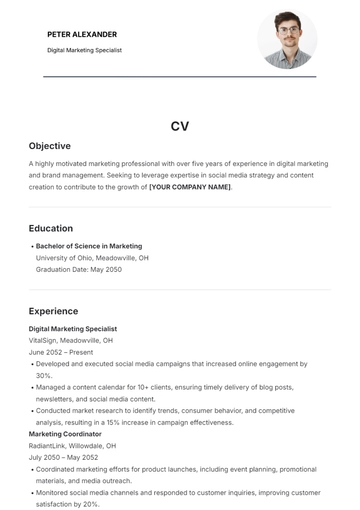
- Resume
- Cover Letter
- Report
- Budget
- Lesson Plan
- Itinerary
- Resignation Letter
- Letter
- Job Description
- To Do List
- CV
- Proposal
- Business Plan
- Checklist
- List
- Smart Goal
- Executive Summary
- Agenda
- Analysis
- Press Release
- Memo
- Note
- Action Plans
- Script
- Essay
- Brief
- Syllabus
- Tracker
- Contract
- Agreement
- Bill of Sale
- Case Study
- White Paper
- Statement
- Will
- Deed
- Notice
- Scope of Work
